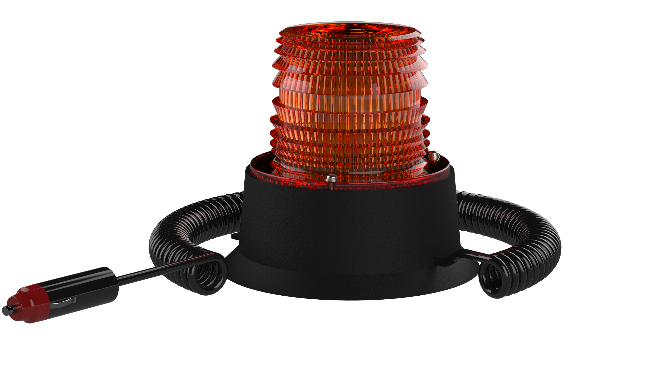
Warning lights are used differently in varying states and countries. But the goal is to utilize warning lights that can provide better awareness for drivers, pedestrians, and others who are on or off the road.
Motorists can associate varying flashing warning light colours that are mounted on different kinds of vehicles. They also associate different driving responses that are appropriate for the situation, according to the kind of vehicle where the flashing beacons are installed. For this reason, law enforcement is continually researching to develop effective warning lights that can provide better awareness.
Factors That Affect The Conspicuousness Of Warning Lights
Here are some of the factors that determine or affect the degree of conspicuousness or ability to capture attention through better visibility of warning lights:
● Flash rate
● Flash intensity
● Angular beam dimensions
● Light source colour
● Time and light ration when it is on compared to the entire flash cycle.
● Different intensity of light flashes such as waveform or pulse shape
● Light-emitting surface/s area.
● Light flash pattern from different lights in combination warning beacons.
● Spatial arrangement and number of lights
Effective Warning Light Intensity
One of the most important determining factors of warning light efficacy is the intensity of the light source. Emergency vehicles follow a set of the maximum daytime intensity of warning lights they use, that previous National Bureau Standard research applied. For white beacons, it must have at least 2000 (cd) candela. On the other hand, yellow beacons must have at least 1000 (cd).
Other beacon colours, such as blue must have a minimum of 200 (cd), and red light systems need to have at least 400 (cd). Blue warning lights are least effective during the day. In those situations, red and white warning beacons has the most visibility.
This is why law enforcement developed a combination of blue and white or red and blue lighting systems for better awareness, especially during the day and night time.
Why Amber Warning Lights Are Better
In recent years, First Responder vehicles have been equipped with too many warning lights that flash fast while on the way to the accident location. Not only that, these lights keep flashing even until it has reached the area and is stationary. But now it has changed.
According to studies, sensory overload can create a spectrum of multi-coloured, bright, flashing lights that blinds drivers while moving through the accident area. Unfortunately, this can contribute towards accidents on the road.
Based on the internal lighting study, amber warning lights are ideal to use because it provides a strong warning without blinding or confusing on-road drivers.
Blue Beacon Lights For Authority Awareness
While having low efficacy during the day, the regular use of blue beacon lights on different international police vehicles allows people to distinguish authorities with its policing image. Since blue colour is associated with police uniforms, people can easily distinguish patrol cars at low light conditions.
However, this is not the primary purpose of why blue beacons are best for evening use. It is because the blue colour is easily detected by the human eye in a low-light environment.
The retina in our eyes has rods that are associated with night vision. It also favours blue light more than red light, allowing it to detect blue light faster and better than red light.
Final Say
The efficacy of beacon lights comes with a wide array of determining factors. These factors must be considered to strengthen safety and security. The colour, intensity, combination, and use of a beacon requires more attention when choosing an effective warning light for a particular use.
